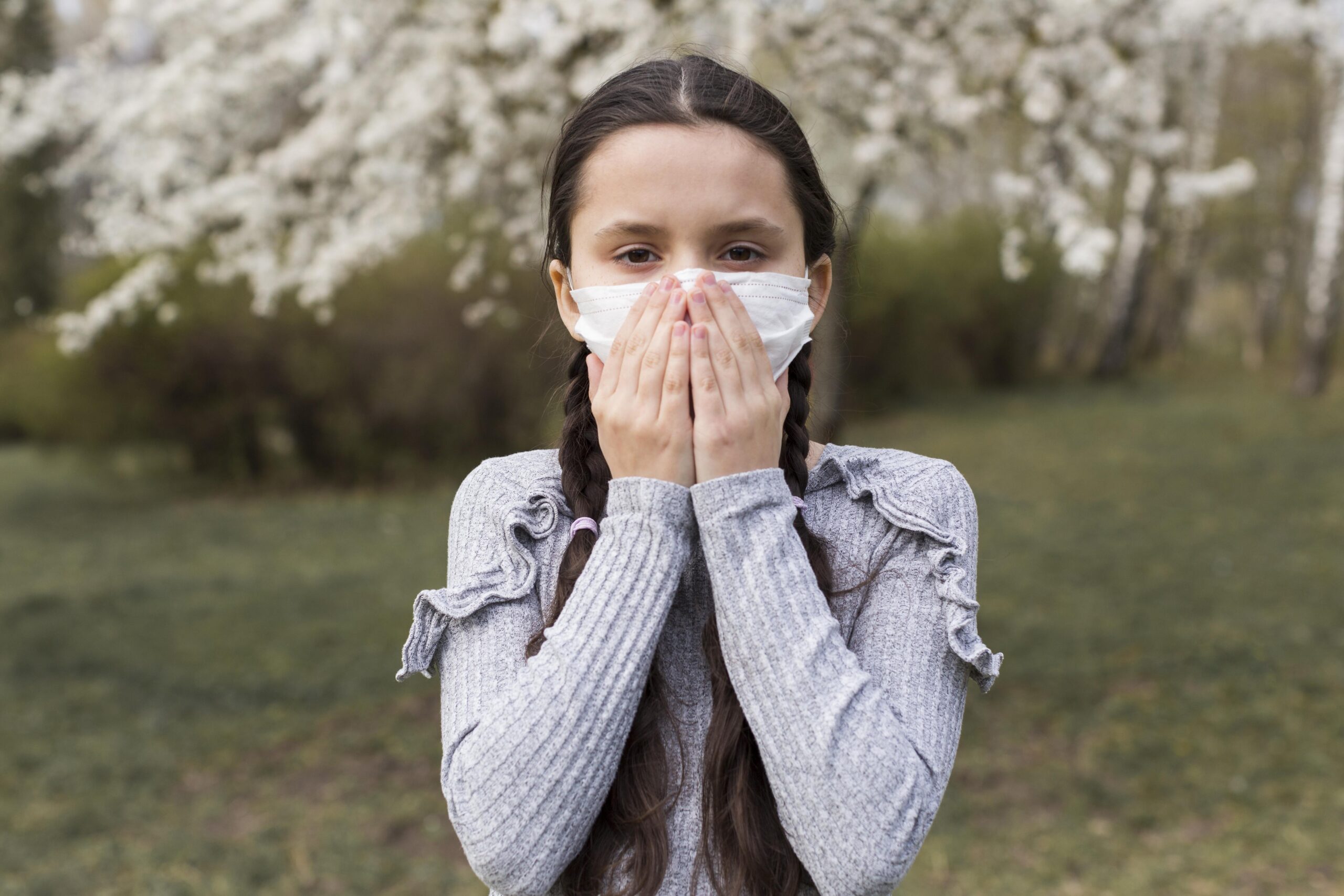An Allergist’s Top Tips for Managing Cedar Allergy Season

What is Cedar Allergy?
Cedar Allergy or Cedar Pollen Allergy, often known as Mountain Cedar Allergy in the San Antonio area, is a common seasonal allergy caused by exposure to pollen from juniper trees. These evergreen trees release a large amount of pollen from December to February, which is an unusual pollination period.
The trees are prevalent in various regions, however, the San Antonio area is one of the only places in the country to have a true winter-pollinating plant. When this pollen comes into contact with the respiratory system of susceptible individuals, it triggers an immune response, leading to a range of uncomfortable symptoms
What are the Top Symptoms of Cedar Allergy?
If you have Cedar Allergy, you might experience various symptoms, ranging from mild to severe. Some typical signs include:
Sneezing: Frequent and sudden bouts of sneezing are a telltale sign of Cedar Allergy.
Nasal Congestion: The pollen irritates the nasal passages, leading to a stuffy or congested nose.
Runny Nose: A continuous stream of clear, watery nasal discharge is common during allergy season.
Itchy and Watery Eyes: Allergens can cause the eyes to itch, become red, and produce excessive tears.
Coughing and Throat Irritation: Cedar pollen can irritate the throat and lead to a persistent cough.
Fatigue: The immune response to allergens can make you tired and exhausted.
Sinus Pressure and Headache: Cedar pollen can cause sinus congestion, pressure, and headaches.
Skin Reactions: In some cases, skin irritation or hives may occur due to contact with pollen.


What are the Remedies for Cedar Allergy?
While Cedar Allergy might seem like an unavoidable burden, there are practical measures you can take to find relief and enjoy the holiday season:
Monitor Pollen Levels: Stay informed about local pollen forecasts and try to plan outdoor activities when pollen counts are lower.
Limit Outdoor Exposure: Consider reducing your time outdoors on high pollen days, particularly during peak pollen times.
Close Windows and Doors: Keep doors and windows closed at home and in your car to prevent pollen from entering your living spaces.
Invest in Air Purifiers: Using air purifiers equipped with HEPA filters can help reduce indoor pollen levels and improve air quality.
Shower and Change Clothes: After spending time outdoors, shower and change into clean clothes to remove pollen from your skin and hair.
Wear Protective Gear: Wear a mask and sunglasses to limit pollen exposure during outdoor activities.
Over-the-Counter Medications: Antihistamines and decongestants can provide temporary relief from allergy symptoms. Consult with a healthcare professional for suitable options.
Consider Allergy Shots: For severe and persistent allergies, allergen immunotherapy (allergy shots) may be an effective long-term solution.
Conclusion
Cedar Allergy may try to put a damper on your plans during the holiday season. Still, with proper management and preventive measures, you can find relief and delight in the season’s wonders. By understanding the symptoms and adopting practical strategies to minimize exposure to cedar pollen, you can make the most of celebrating your holidays without letting allergies steal the show. Remember, seeking guidance from an allergist or healthcare professional can provide personalized solutions to conquer Cedar Allergy and savor the joys of life. So, embrace the season with confidence and relish every moment!
